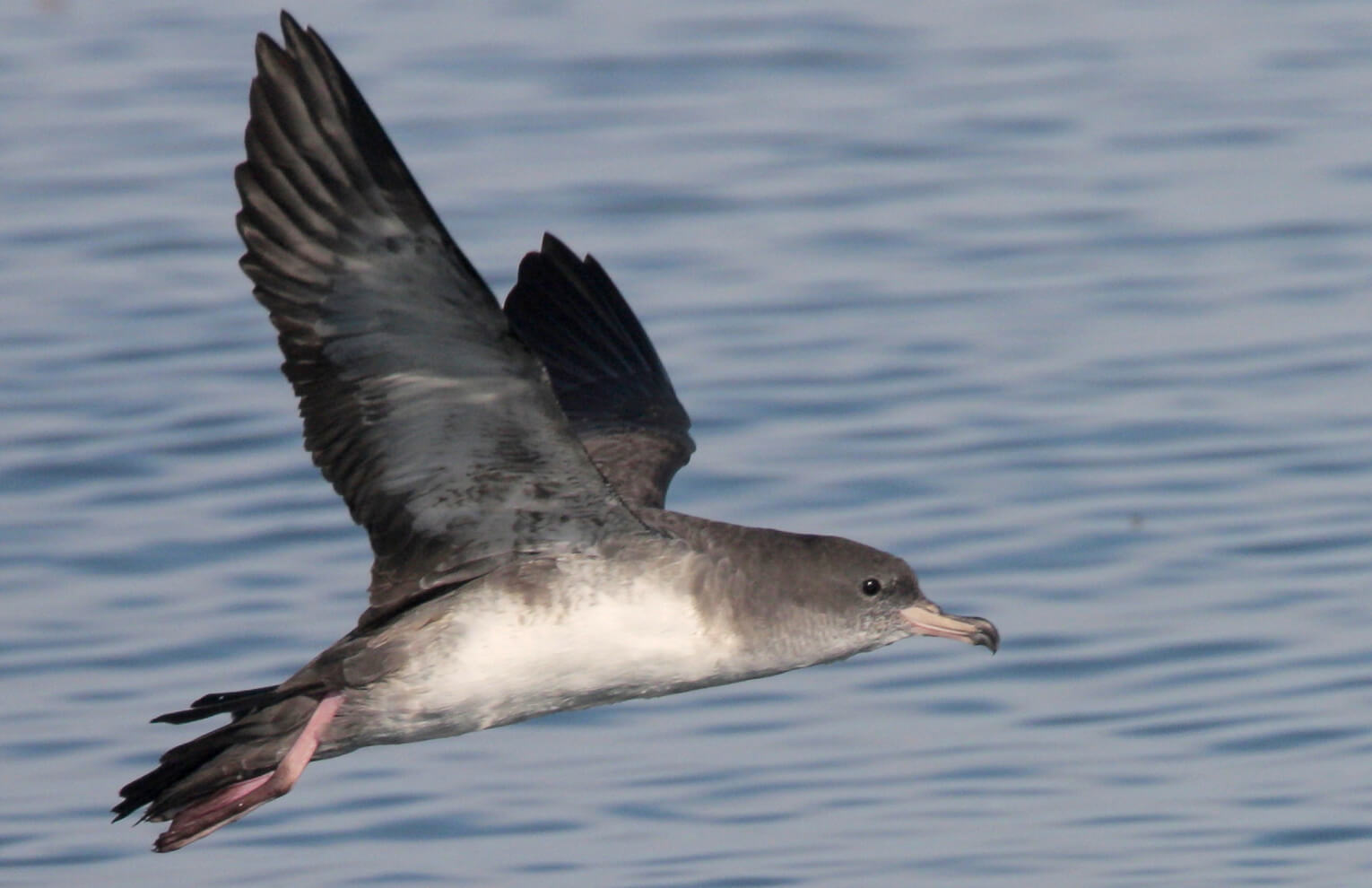People across the globe consume fish caught by fisheries. But many bird species—from penguins to albatrosses—need fish to survive.
Seabirds—species like Laysan Albatross and Pink-footed Shearwater—are “off the radar” for most people. We simply don't think about these birds that spend most of their lives over the open ocean.
That's why it may come as a surprise to realize that human activities and fisheries in particular are a taking a great toll on these long-lived birds, now the most threatened group of birds on Earth.
Dual Threat: Overfishing and Bycatch
Overfishing is depleting many seabirds' main food. In recent years, fisheries have begun to take not only fish for people to eat, but harvesting ever-smaller forage fish as feed for cattle and pigs. This means even fewer fish for seabirds to eat.
A related threat is “bycatch,” when fisheries accidentally catch wildlife other than fish, like sea turtles and dolphins. Few realize that seabirds, including the critically endangered Waved Albatross, are among fisheries' unintended victims.
Among fishing methods, longlines with hundreds or even thousands or baited hooks kill at least 320,000 seabirds yearly. Gillnets, which can stretch for a mile in length, take at least 400,000.
Because of a lack of data, these figures probably represent an extreme low end of the spectrum.
Reducing the Fisheries Threat to Birds
ABC has a long history of working to protect the most at-risk seabird species from the impact of fisheries. There are signs of success: for example, a simple technique is helping to reduce bycatch by small-scale fishermen in Ecuador.
Most recently, ABC has launched a new interactive web-based tool to enable fisheries and others to assess various scenarios and avoid accidentally catching seabirds.














































